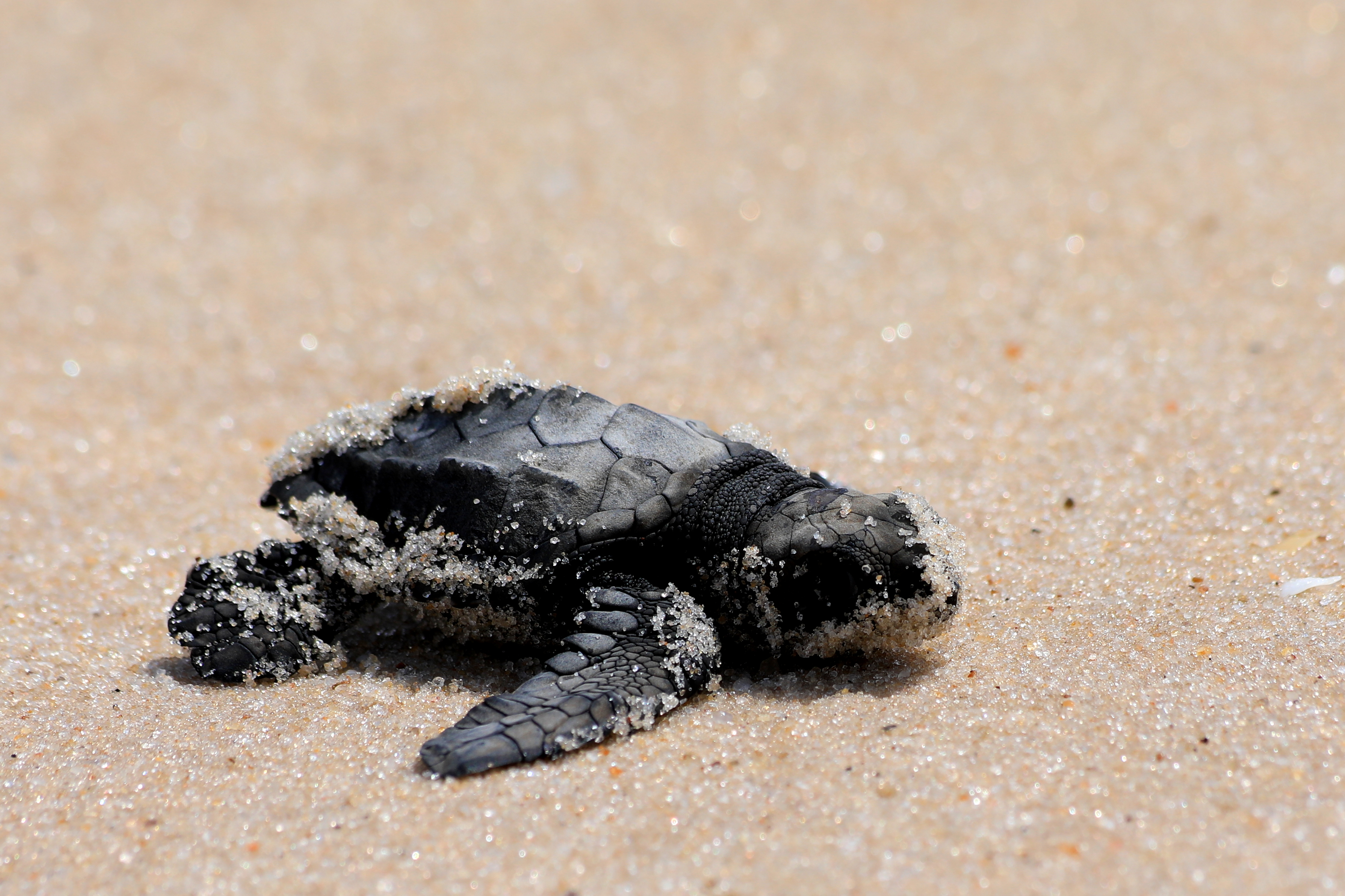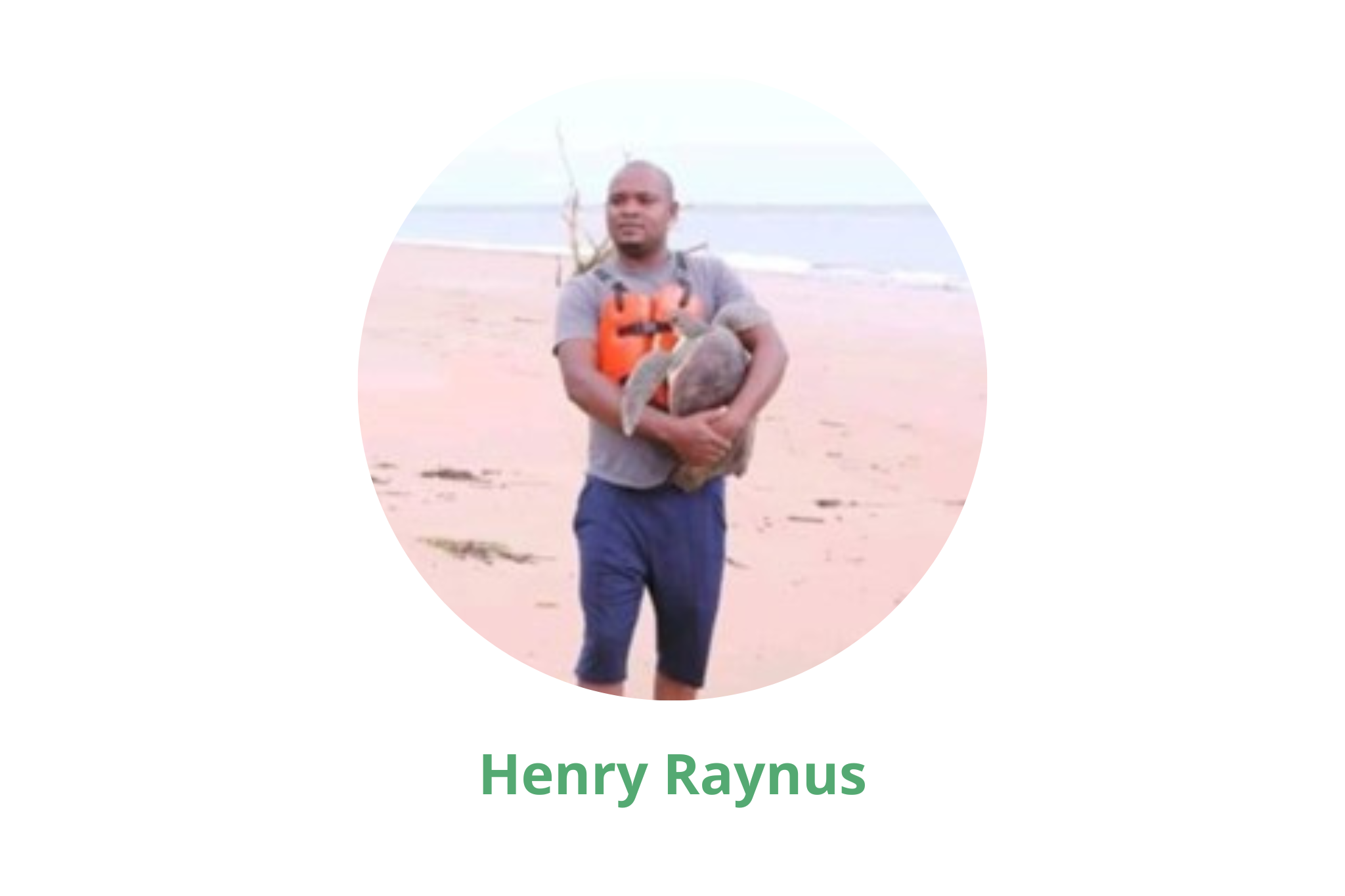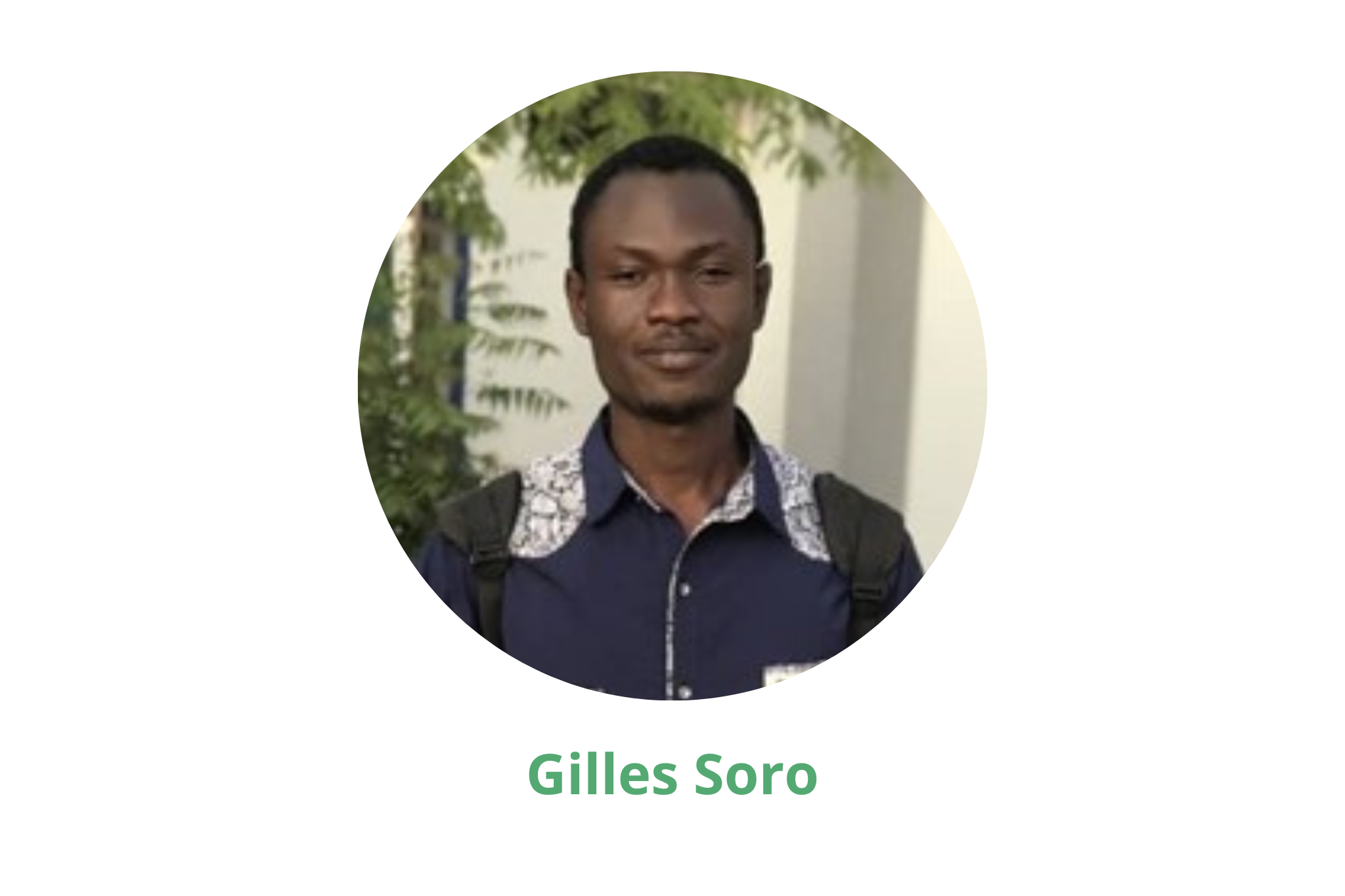
For the conservation of marine turtles : WASTCON watches over the nest !
Published on 14 March 2023Since the creation of the West African Sea Turtles Conservation Network (WASTCON) in Lomé in November 2020, the CSOs members have strengthened their actions to monitor spawning beaches. More nests are thus discovered by ecoguards and moved to hatcheries to avoid the risk of predation or poaching on the eggs. However, due to a lack of appropriate resources, these hatcheries are often too small, the result of rudimentary facilities… In light of this, discover with us one of the major projects awaiting the network in West Africa.
Very active on the beaches of the Atlantic coast of Africa, the CSO members of WASTCON accumulate kilometres of walking and hundreds of hours of nightly surveillance. This is the price they pay for locating dozens of sea turtle nests.
Three (03) species of marine turtles, both threatened by human activities, lay their eggs on our coasts. These are the olive ridley turtle, the green turtle and to a lesser extent the leatherback turtle. When we know that each nest has less than a hundred eggs and that only one turtle out of a thousand will reach adulthood, we understand the need to preserve each nest and each egg to ensure the survival of the species. All the more so as on our beaches, despite legislation protecting them, marine turtles and their eggs are regularly the object of poaching or predation.
This is why, to reduce the risks, our members systematically collect and move the nests to makeshift hatcheries. In these areas, which are fenced off with often rudimentary materials (nets, wire mesh, woven plants, etc.) or salvaged materials, the safety of the eggs is almost guaranteed.
However, although the physical safety of the eggs is important, it is not sufficient in itself to guarantee the survival rate or the sex ratio of the eggs. Indeed, it is the temperature in the nests that determines the sex of the future turtles in incubation. The warmer the temperature, the more females we will have and conversely the colder it is, the more males we will have. In our incubation conditions in makeshift hatcheries built mostly without standards, it is now obvious that, depending on the case, great differences in temperature can be recorded between the original nesting site (chosen by the turtle) and the hatchery (chosen by humans and subject to a variability of techniques and materials). Due to the lack of adequate equipment, the temperature in the nests is almost never recorded.
With this in mind, and making it one of its priorities for action, the network intends to work on mobilising the necessary resources to support its members in building and equipping hatcheries with sustainable materials that meet the most demanding standards in force.
To meet this challenge, and many others, the Executive Board of the network has opted for the establishment since October 1st of a first coordination team in charge of animating the life of the network, carrying out fundraising, communicating on the network’s activities and doing political advocacy with regional and international organizations. This team, which will be lightly remunerated for a period of one year, is composed of a coordinator in the person of Mr. Henry RAYNUS (Nigeria) and an assistant, Mr. Gilles SORO (Ivory Coast).


All hopes are therefore pinned on this team, to whom we wish good luck and reassure them that the Executive Board is available every day to help them carry out their duties.
